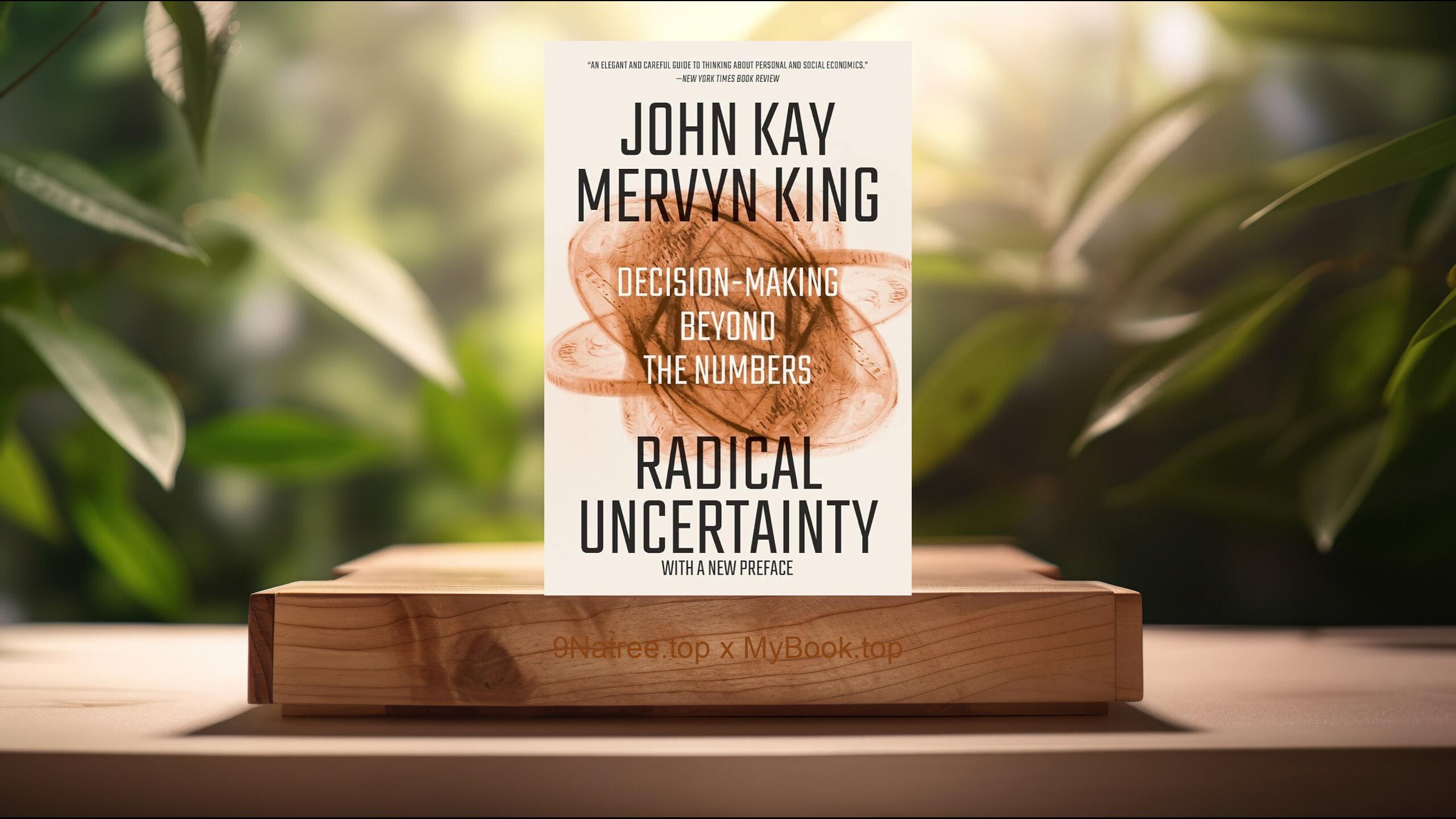Show Notes
- Amazon USA Store: https://www.amazon.com/dp/B07W7346P3?tag=9natree-20
- Amazon Worldwide Store: https://global.buys.trade/How-to-Retire-on-Dividends-Brett-Owens.html
- Apple Books: https://books.apple.com/us/audiobook/how-to-retire-on-dividends-earn-a-safe-8-leave-your/id1483594096?itsct=books_box_link&itscg=30200&ls=1&at=1001l3bAw&ct=9natree
- eBay: https://www.ebay.com/sch/i.html?_nkw=How+to+Retire+on+Dividends+Brett+Owens+&mkcid=1&mkrid=711-53200-19255-0&siteid=0&campid=5339060787&customid=9natree&toolid=10001&mkevt=1
- Read more: https://mybook.top/read/B07W7346P3/
#DividendInvesting #RetirementPlanning #HighYieldStocks #PortfolioDiversification #TaxEfficiency #FinancialIndependence #InvestmentStrategies #HowtoRetireonDividends
These are takeaways from this book.
Firstly, The Fundamentals of Dividend Investing, Dividend investing becomes a cornerstone concept in 'How to Retire on Dividends'. Owens begins by demystifying dividends, explaining them as portions of a company's profits paid out to shareholders. He emphasizes the importance of focusing on companies that not only pay dividends but also have a history of increasing them. This section delves into the basics of dividend yields, payout ratios, and dividend growth, and discusses how these factors contribute to a resilient income-generating portfolio. Owens also addresses common pitfalls and misconceptions, providing a solid foundation for beginners and seasoned investors alike.
Secondly, Identifying High-Yield Stocks, Owens dedicates a significant portion of the book to the art and science of identifying high-yield stocks that are not just temporarily lucrative but sustainably so. He introduces readers to the concept of 'Dividend Aristocrats' and 'Dividend Kings'—companies that have consistently increased their dividends for decades. The readers are guided through a detailed analysis of financial statements, looking beyond the surface numbers to understand the true health and prospects of a company. Factors such as revenue growth, debt levels, and operational efficiency are examined to ensure that a stock's high yield is backed by solid fundamentals.
Thirdly, Creating a Diversified Dividend Portfolio, Diversification is a key theme in the book, underscored by the adage 'Don't put all your eggs in one basket'. Owens explains how a diversified portfolio of dividend-paying stocks can mitigate risk while ensuring a reliable income stream. He provides practical strategies for balancing a portfolio across different sectors and geographies, taking into account the varying levels of risk and potential return. The importance of reinvesting dividends to harness the power of compounding is also stressed, as it significantly enhances the growth potential of the investment over time.
Fourthly, Tax Considerations and Strategies, Tax planning is an often-overlooked aspect of dividend investing that Owens addresses comprehensively. He navigates through the tax implications of dividend income, including the different treatment of qualified versus non-qualified dividends. Practical advice on structuring investments to optimize tax efficiency, such as utilizing tax-advantaged accounts or considering the holding period to qualify for lower tax rates on dividends, is provided. This section is particularly valuable for investors seeking to maximize their after-tax returns, a crucial factor in building a retirement income.
Lastly, Adjusting Your Strategy for Retirement, As the investment horizon shifts closer to retirement, Owens discusses the need to adjust dividend investing strategies accordingly. This includes shifting focus towards more conservative, high-quality stocks that offer lower volatility and reliable dividends. Strategies for creating a withdrawal plan that does not erode the principal investment are explored, including setting up a dividend ladder or utilizing a total return approach that balances the need for income with the preservation of capital. Owens also addresses the psychological aspects of transitioning from accumulation to decumulation, emphasizing the importance of a disciplined approach to spending and reinvestment.
![[Review] How to Retire on Dividends (Brett Owens) Summarized](https://episodes.castos.com/660078c6833215-59505987/images/1999962/c1a-085k3-9jndm9wjtozr-xasfoe.jpg)




